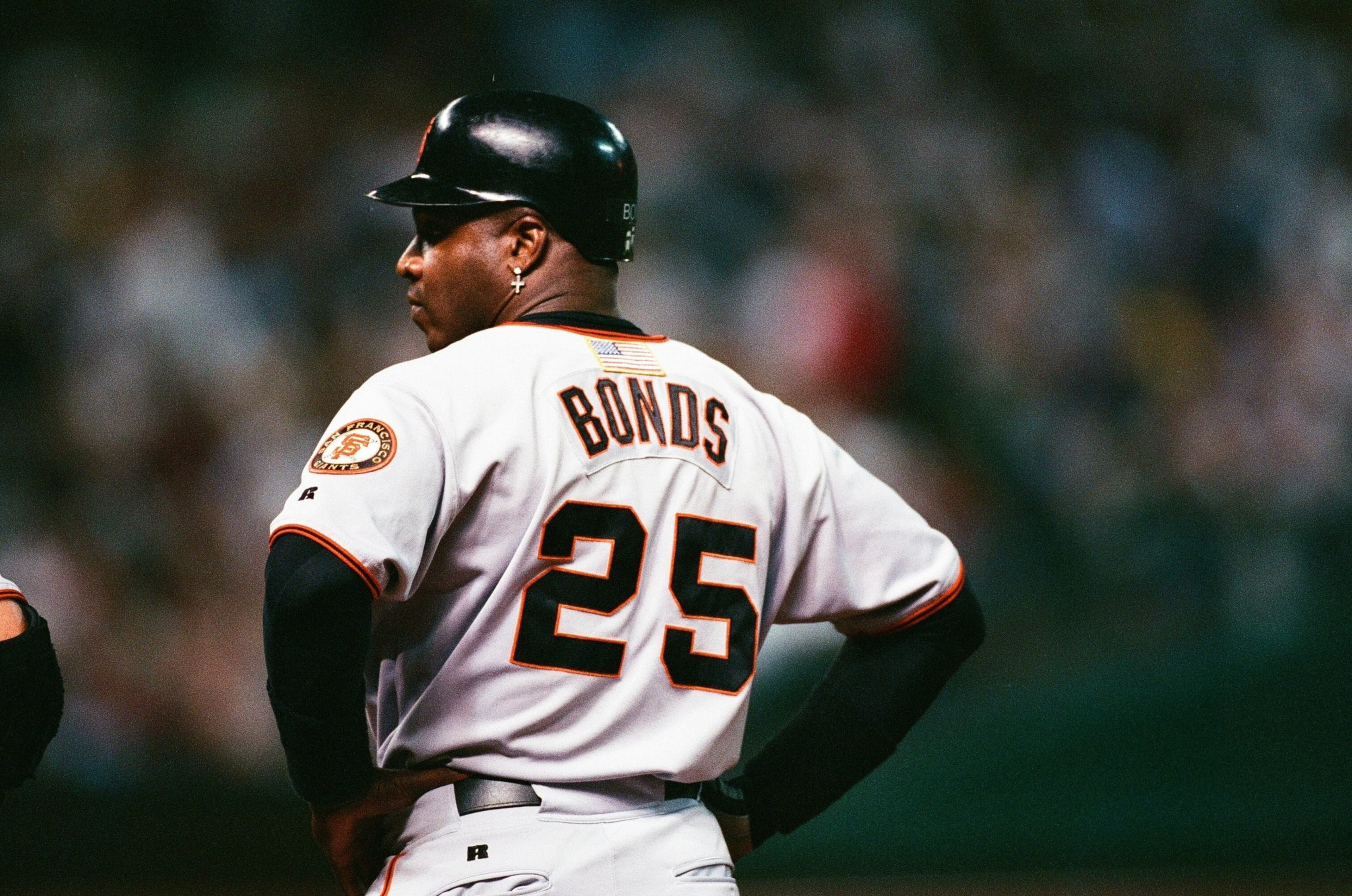Want the latest Bay Area sports news delivered to your inbox? Sign up here to receive regular email newsletters, including “The Dime.”
COOPERSTOWN, N.Y. – In four months, Barry Bonds could get another crack at the Hall of Fame.
I’m not holding my breath.
From what I saw and heard when I was in Cooperstown for induction weekend, I am less encouraged that the homers king will get his day at the Hall of Fame anytime in the near future. From whispers at the museum to a speech by Jane Forbes Clark to the complex voting processes, Bonds’ candidacy remains on shaky ground.
I always knew that to an extent, but it was hammered home during my visit to baseball’s hallowed grounds. That goes for Roger Clemens and others of that ilk, too. As one longtime Hall of Famer told me, “There’s people who have such a big problem with those guys, they’ll never vote for them, and there’s reasons to believe they probably never will.”
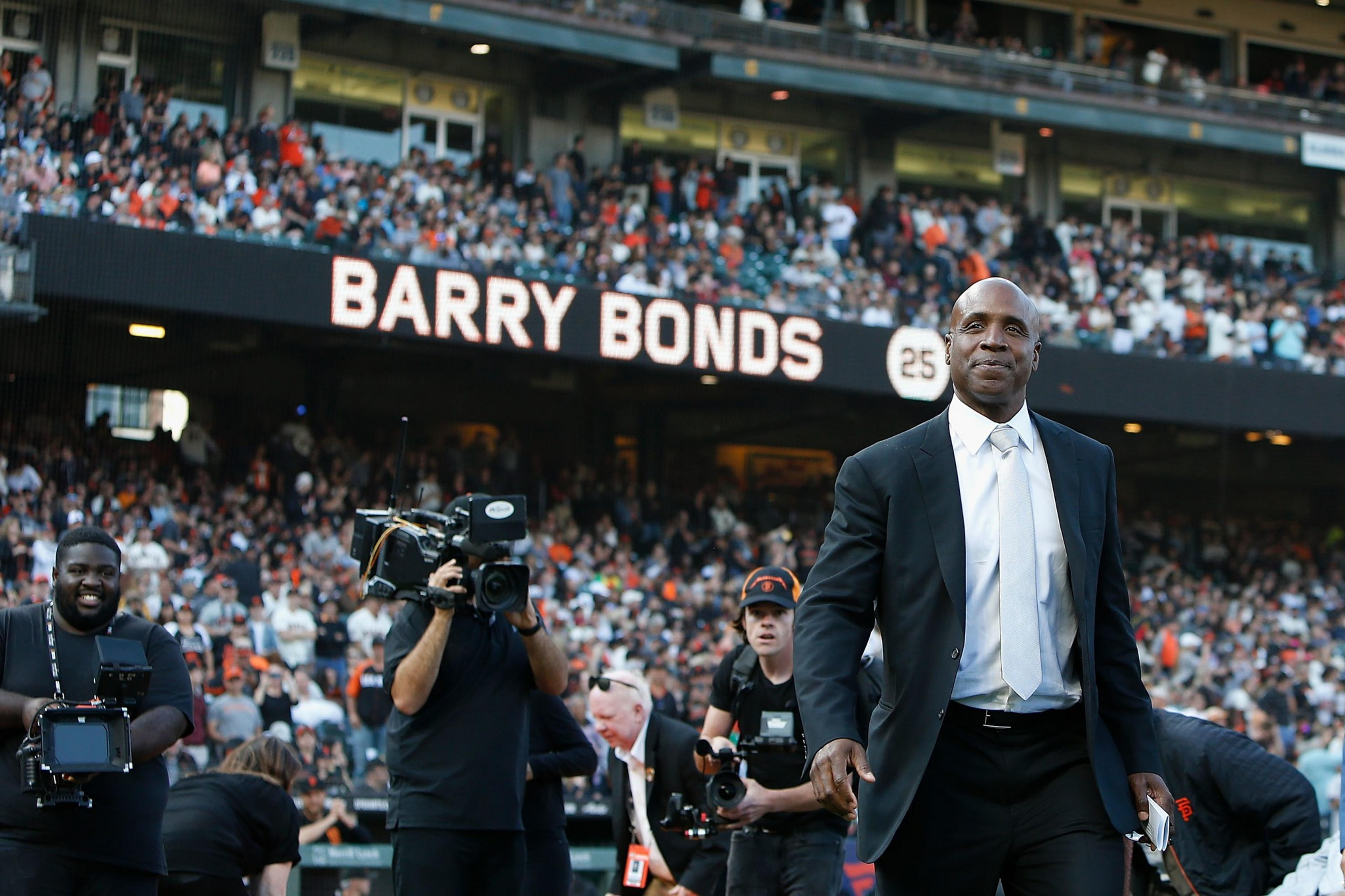
Bonds is eligible to be included on a Hall of Fame ballot in December, the Contemporary Baseball Era Players, which will be voted on by a 16-person committee. Any candidate receiving at least 12 votes would be enshrined at the July 2026 induction ceremony.
Section 415: Tim Kawakami analyzes the 49ers, Giants, and Warriors
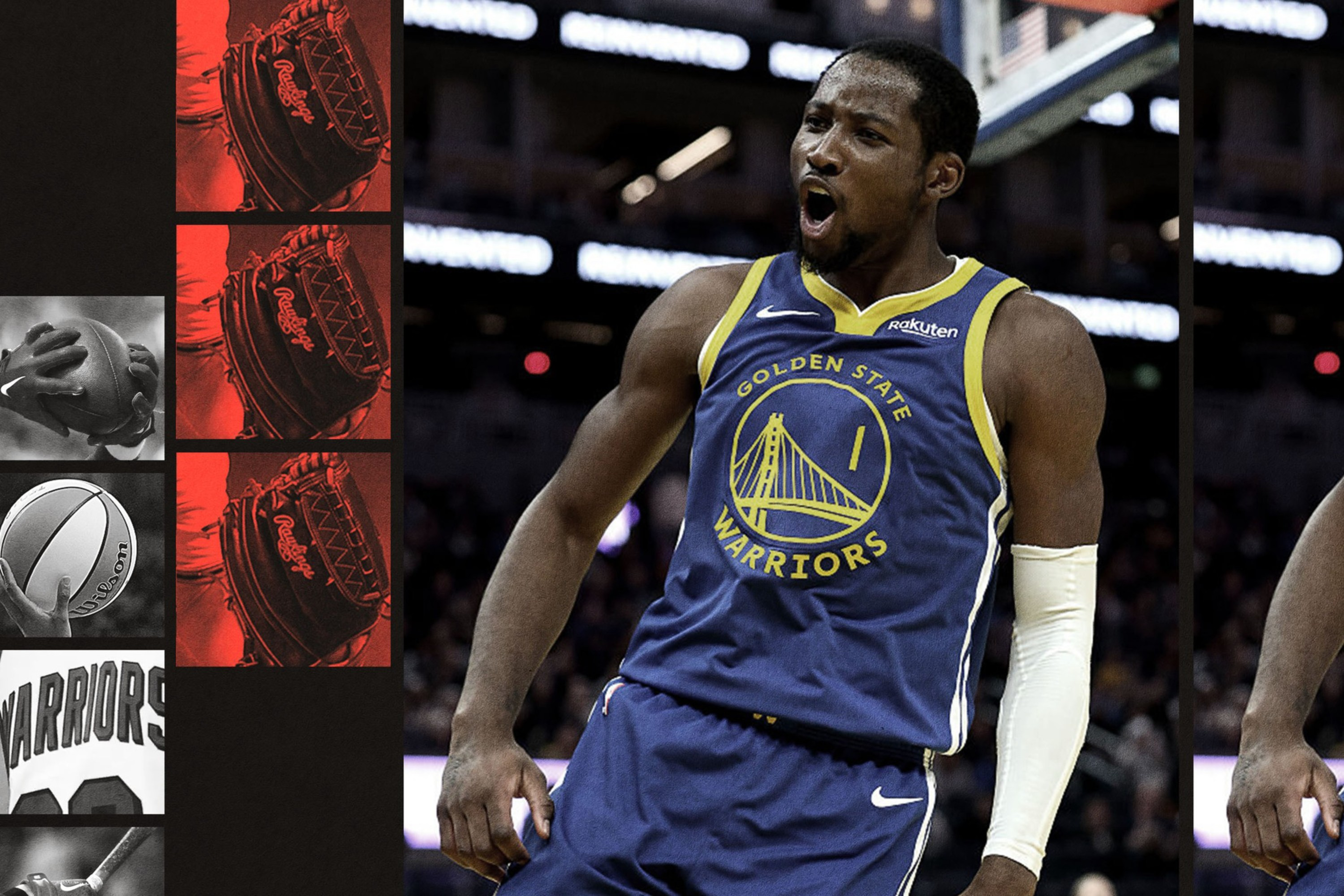
Section 415: Min Woo Lee, Steph Curry, and the story of The Bay Golf Club

Section 415: The Giants’ hire of Tony Vitello marks the start of a bold new era

It would be Bonds’ second appearance on that ballot, and the first in 2022 didn’t go well despite the fact that many of the 16 voters were his peers and played during his era. Bonds received three or fewer votes (the Hall doesn’t release vote totals below four) – meaning one of the game’s all-time hitters received either three or two or one or zero votes from a group that included Greg Maddux, Jack Morris, Lee Smith, Frank Thomas, Alan Trammell, and Ryne Sandberg, all with careers that overlapped Bonds'.
Enough of them concluded Bonds’ and Clemens’ association with performance-enhancing drugs, though they played most of their careers when the league had no PED testing, made them unworthy for enshrinement. The only candidate elected was Fred McGriff, who wasn’t nearly the player Bonds was but joined the class of 2023 along with Scott Rolen, who was elected by the Baseball Writers’ Association of America.
The Hall of Fame is a two-tiered institution. There’s the museum, which details the history of the game, not just the good stuff but also the scandals involving racism, gambling, labor, and PEDs. And there’s the plaque gallery. Bonds is acknowledged throughout the museum in various exhibits. Just not in the gallery.
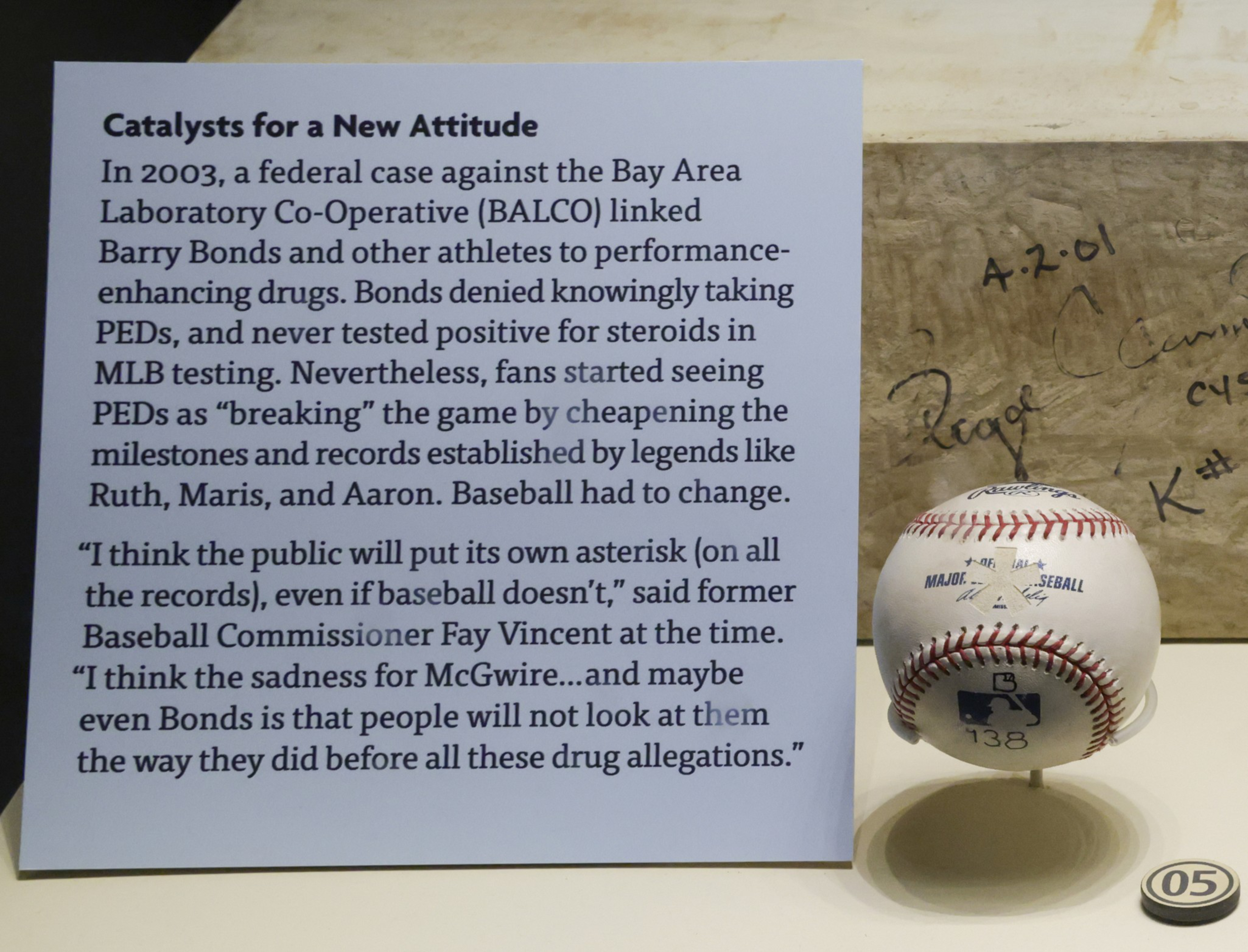
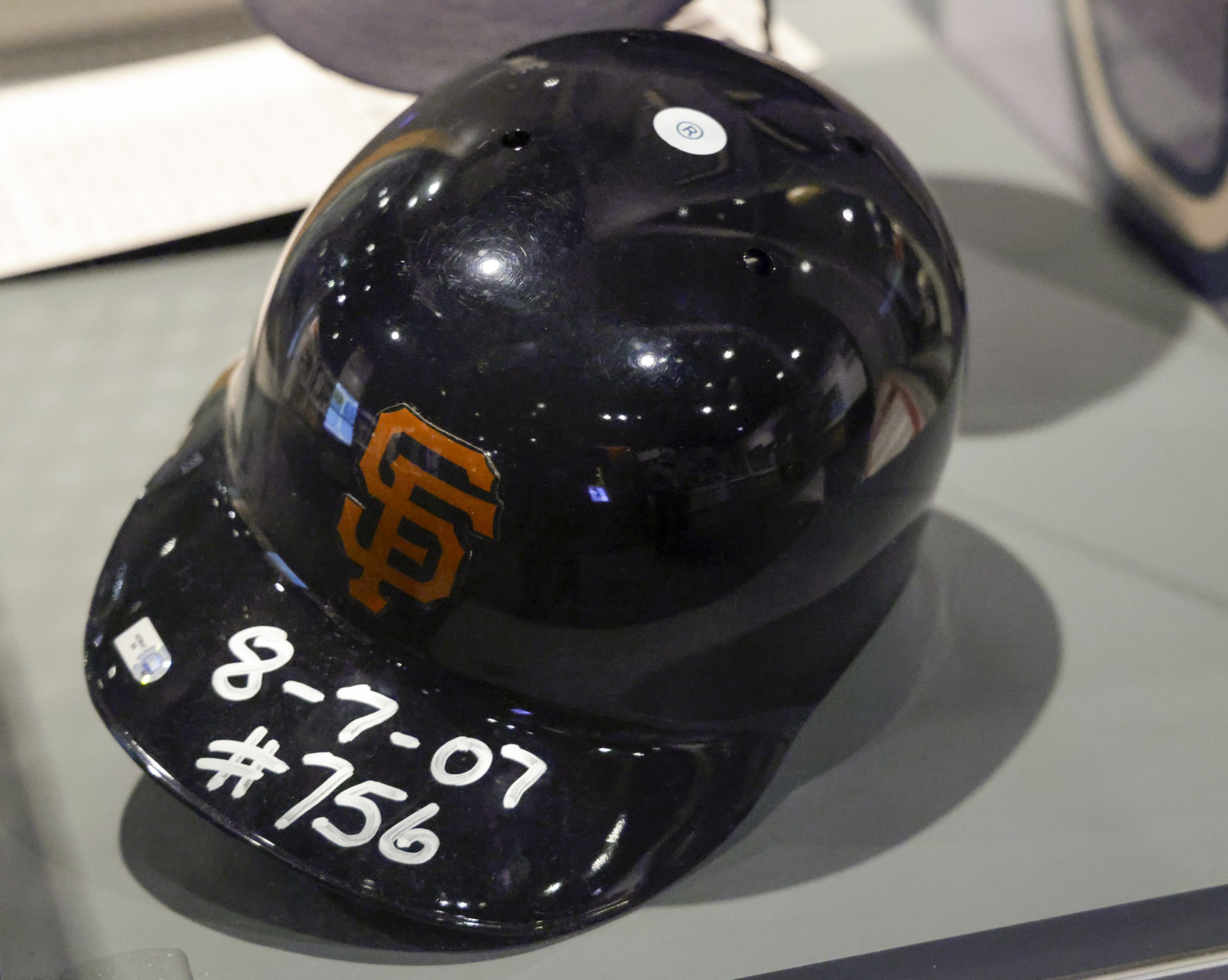
When I asked another Hall of Famer about Bonds’ place in the Hall, he said, “It’s a place that tells the story of the game, and I think Bonds’ story is a big one in the game. He did a lot of remarkable things. The museum has done a good job of telling that story. I just hope it continues to tell the story and makes sure the characters and people who have impacted the game continue to have their stories told. We’ll wait and see how everything evolves with Barry.”
Among the Bonds-related exhibits is a tribute to the 28 members of the 500-homers club, which includes four Giants: Bonds, Willie Mays, Willie McCovey, and Mel Ott. Another display references Bonds’ career home run record and features the helmet he donated from his 756th homer, which broke Hank Aaron’s record, and the cap worn by Washington’s Mike Bacsik, who threw the pitch. One of the coolest exhibits, “Souls of the Game: Voices of Black Baseball,” has the Candlestick Park locker that Bonds used, the very same one previously occupied by Mays.
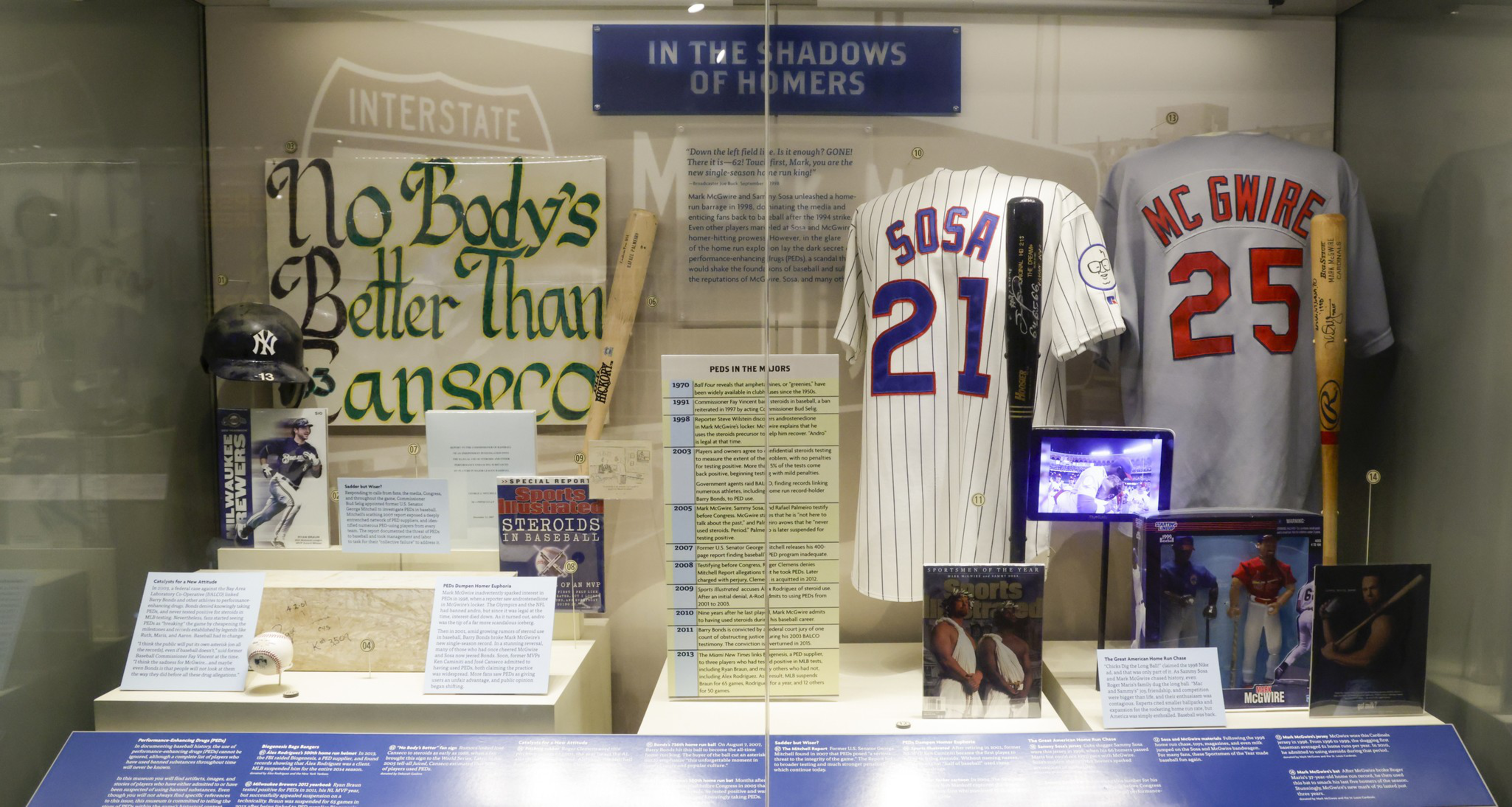

Then there’s the PED-influenced exhibit called “In the Shadows of Homers” that has a steroid-era timeline, features Jose Canseco, Mark McGwire, and Sammy Sosa, and includes Bonds’ 756 ball with an asterisk carved out by the fan who bought it. Bonds loyalists might find the presentation of the ball in bad taste, but the Hall maintains all artifacts on display are important to tell baseball’s story.
Three years after Bonds’ last appearance on the Contemporary Baseball Era ballot, he’ll get another chance in December so long as the screening committee puts him on the eight-person ballot, as it should.
The problem is, his exclusion from Cooperstown now is threatening to be permanent based on a new Hall of Fame rule that could end his eligibility in the coming years. A candidate who doesn’t receive at least five of 16 votes is ineligible for the next election three years later. And if he doesn’t receive five votes in two elections, he’d permanently be ineligible for future consideration.
The rule will be in place starting this year with Bonds’ eligibility for the Contemporary Baseball Era ballot. If he doesn’t get a bunch more love than the first time around, he could be off the ballot for good, which is a shame.
This year’s 16-person voting committee hasn’t been announced yet. The Hall’s board of directors, which has 17 members, according to the Hall website, is involved in the process of determining the committee and has final approval. The board is headed by Clark, granddaughter of Hall of Fame founder Stephen Carlton Clark, and includes vice chair Joe Torre, commissioner Rob Manfred, several baseball owners, executives, business folks, and five Hall of Fame players.
It’s not that every Hall of Famer resents Bonds and company. Over the years, I’ve asked new inductees who got in over Bonds and Clemens through the BBWAA ballot about the omissions. Pedro Martinez said, “It’s actually sad, to be honest. I feel sad that they’re not with me. I know they’re special players. People I admired are not going in with me.”
Chipper Jones called Bonds “the best baseball player I’ve ever seen don a uniform. It’s unfortunate some of the best players in this era have a cloud of suspicion because you’re talking about all-timers, guys that would be considered the greatest players of all time. … I’m not going to tell anybody how to vote. I think both would have been Hall of Famers regardless, whether they had a cloud of suspicion or not.”

When I asked David Ortiz, who was selected in Bonds’ and Clemens’ final year on the ballot, he said, “Not having them join me at this time is something that’s hard to believe, to be honest with you. Those guys did it all. It is what it is, and there’s nothing I personally can do about it.”
Well, maybe one day he could. The 16-voter electorate changes through the years, and if enough folks in support of Bonds and Clemens are voting, the odds obviously would improve. But time is running out, quickly, especially with the new eligibility rule.
At this year’s induction, where Ichiro Suzuki, CC Sabathia, Billy Wagner, Dave Parker, and Dick Allen were enshrined, Clark stood on a stage in front of dozens of Hall of Famers and began the festivities by acknowledging Sandberg, whose battle with prostate cancer was near the end; he died a day after the induction. Clark, chairman of the Hall, read an excerpt from Sandberg’s 2005 induction speech:
“The reason I am here, they tell me, is that I played the game a certain way, that I played the game the way it was supposed to be played. I don’t know about that, but I do know this: I had too much respect for the game to play it any other way. And if there is a single reason I am here today, it is because of one word: ‘respect.’ ”
Clark then said, “There is not a man seated behind me this afternoon who didn’t play the game the same way Ryno did. It is that respect, character, sportsmanship, integrity, and excellence that leads to just 1 percent of those who have ever played Major League Baseball to be inducted into the Hall of Fame.”
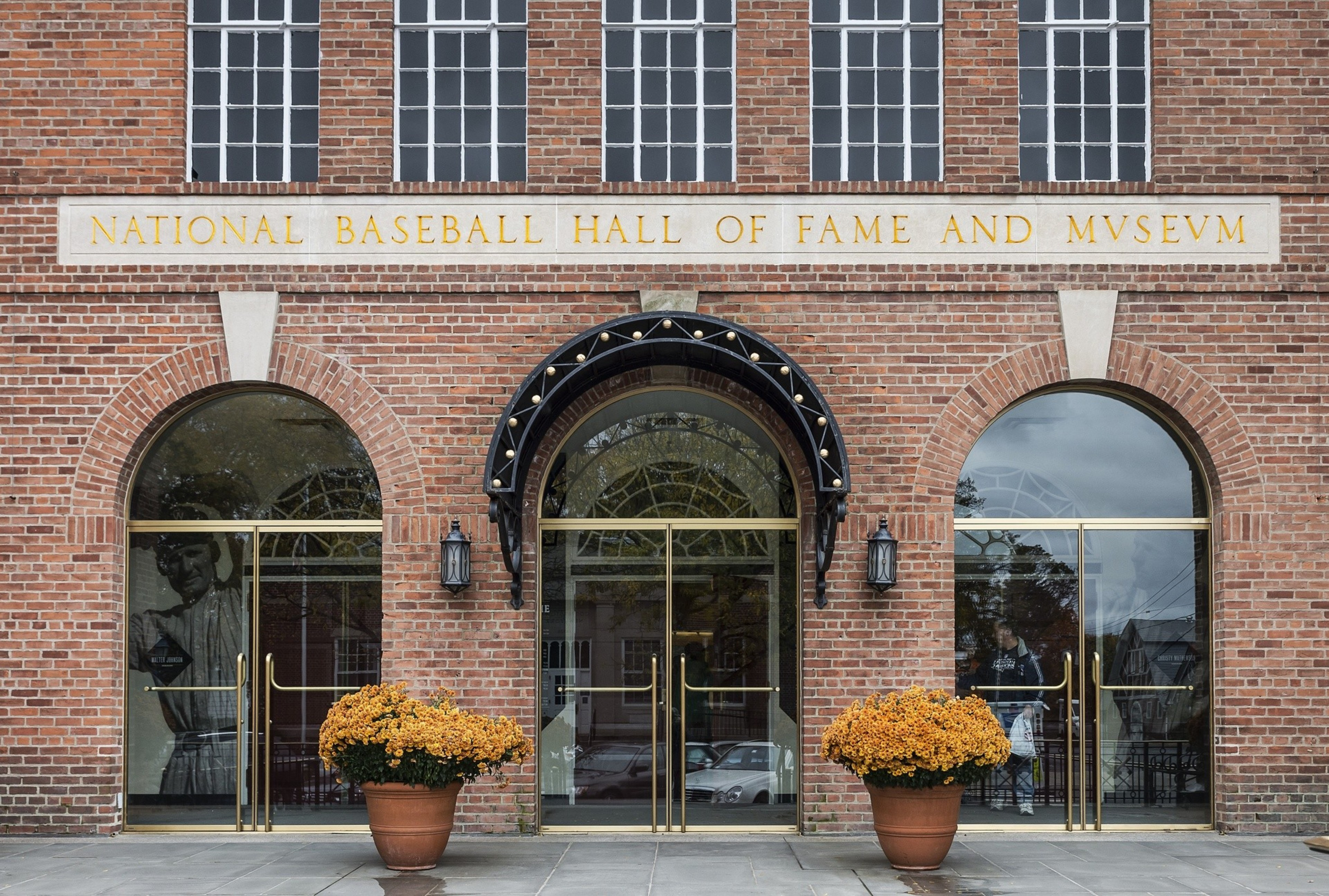
While Clark was honoring Sandberg, in my mind, it was as if she were citing Rule 5 of the Hall of Fame ballot that states voting should be based on a player’s character, sportsmanship, and integrity, among other things. It’s the rule many voters referenced when omitting Bonds, Clemens, Alex Rodriguez, Manny Ramirez, and others from their ballots.
In many ways, Rule 5 served as a backdrop to induction weekend in this pristine village in upstate New York. The narrative wasn’t about which players aren’t in. It was about honoring those who are. Which is how it should be. But no matter how much this subject has been chronicled, debated and dissected, it still felt odd that the closest player to a modern-day Ted Williams was excluded.
Never mind that the Hall already has plenty of suspected PED users, some of whom were behind Clark during her introductory remarks. None broke a bunch of cherished records like Bonds, and that’s apparently his crime. That’s what sets him and Clemens apart with their seven MVPs and seven Cy Young Awards, respectively.
Bud Selig, the commissioner who oversaw the peak of the steroid era and once told ESPN “maybe I should have said more,” was inducted. A Hall of Famer wondered to me why some great players with ties to PEDs are excluded while Mike Piazza, Ivan Rodriguez, Jeff Bagwell, and Ortiz – who reportedly tested positive in a 2003 PED survey test – are included.
I thought endorsements from Cooperstown legends Mays and McCovey would help. Mays said at Bonds’ number retirement ceremony, “On behalf of all of the people in San Francisco and all over the country, vote this guy in. He is very, very important to me.” McCovey said, “I just think it’s a sin he’s not in there. If anybody deserved to be in the Hall of Fame, it’s Barry.”
It has done no good so far, though Bonds fared much better in his 10th and final year on the BBWAA ballot, when he received a majority of the votes (66%), including mine, than he did on the Contemporary Baseball Era ballot. He was trending upward on the writers ballot, and I’m convinced if the Hall still permitted players on the ballot for 15 years instead of maxing out at 10, Bonds would have reached 75%, especially with younger writers annually joining the voting body. That rule was changed with the 2015 election, early in Bonds’ candidacy. Jim Rice, Bert Blyleven, Bruce Sutter, Duke Snider, and others were elected beyond their 10th year on the ballot.
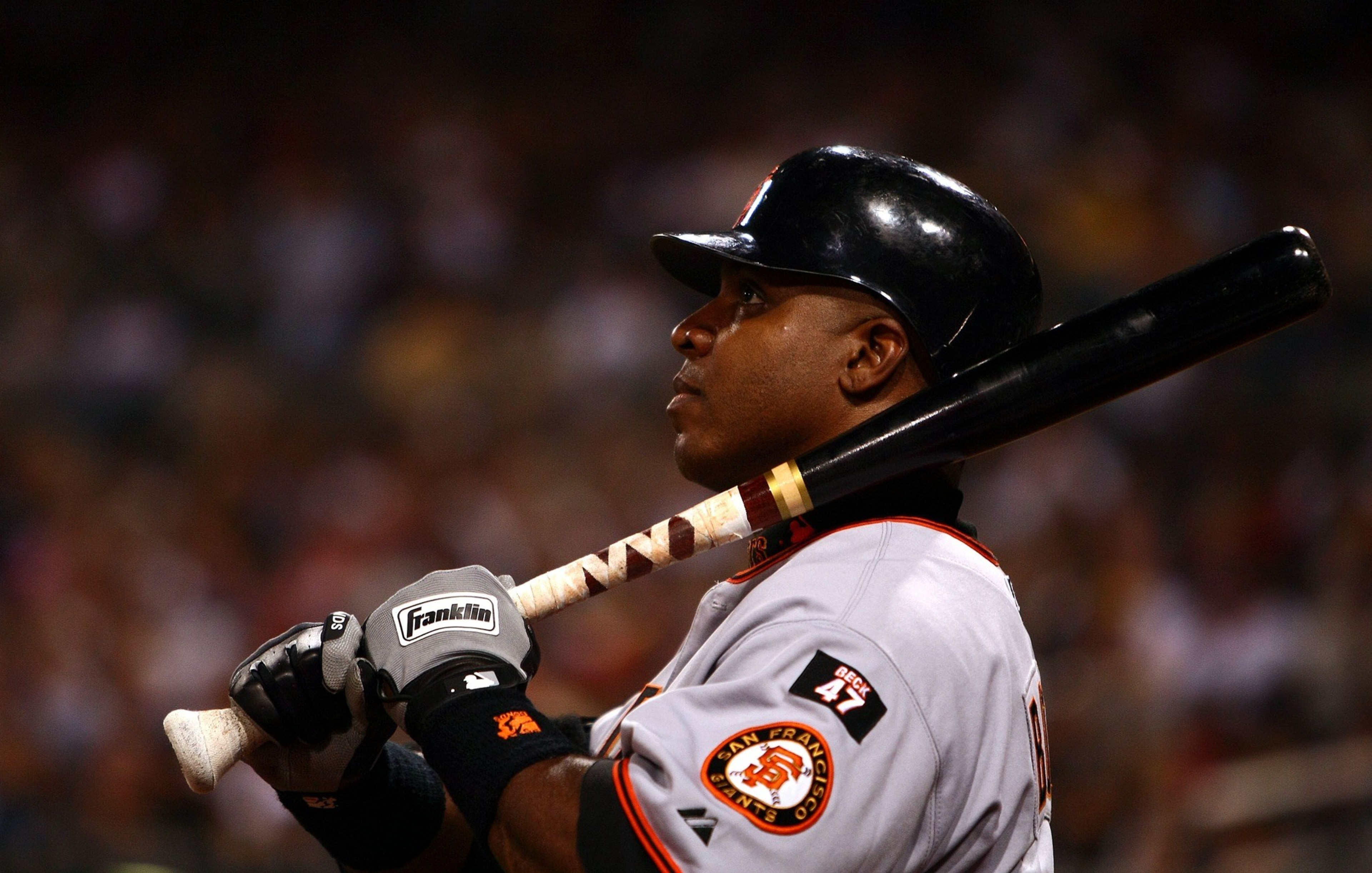
The Contemporary Baseball Era ballot will be a tough task. The 16 voters get just three votes apiece, a total of just 48 votes for eight candidates. With 12 required for election, the math doesn’t always add up for very good candidates. It all depends on the mix of voters and their stance on the candidates in question.
A dramatic Cooperstownian shift will be necessary for membership to include the homers king.
